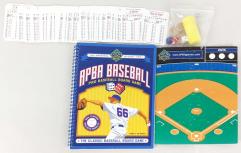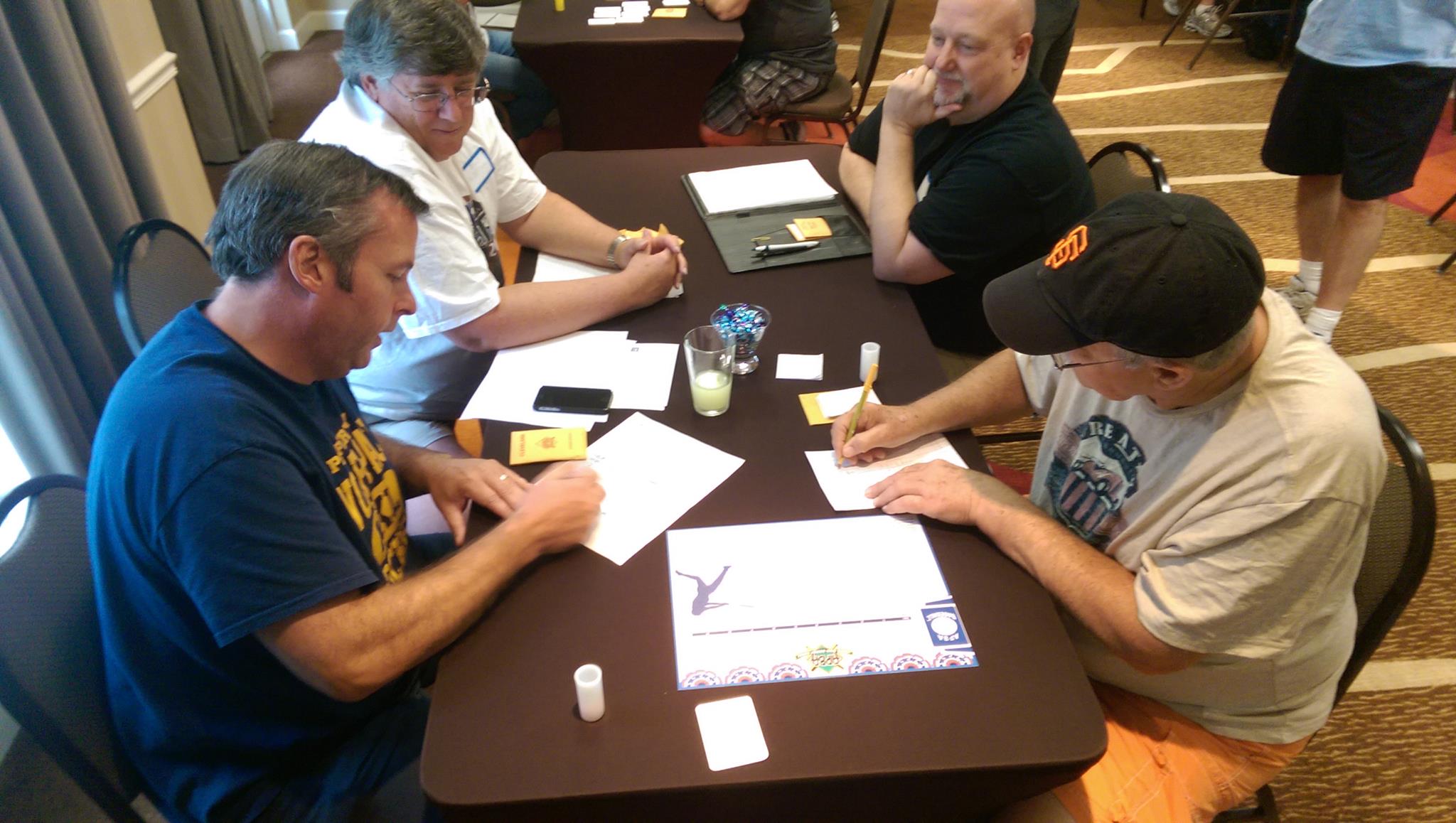

We'd play dozens of games a day by ourselves. My friend Chris Bernhardt and I would hole up in his room (or mine), blast the air conditioning in the heat and humidity of the summer months, and get to work on our teams. Still, a parent could always drive to the company headquarters (and later, we could), where we could purchase the latest edition of the cards every year so we could re-play the entire past season of our favorite teams. It was probably too far for a bike ride for my friends and me when we were pre-teens. The APBA Baseball company was located in Lancaster, Pa., not too far from my house. Those 20 minutes could add up to quite an afternoon and evening. All in one little game that took approximately 20 minutes to complete. Statistics, probability, dice, cards, and baseball. Pitchers were rated A, B, C or D, based on their statistics and ratios, which further provided answers to what the result of a particular play was. Moreover, a pitcher's grading affected the outcome, also.


If the bases were empty or there was a runner on first and third (or any scenario), the dice had a reading for that, too. Better yet, the figure was based on the circumstance of the play. Simple, right? Similar to Strat-O-Matic, which seemed to have more of a national following than APBA, but the idea was basic.Īlong with the game cards mini sandwich board-style results that one used to look up what the numbers indicated. That number represented the result of an at-bat. To the right of the 41 on the players' card showed another number. Say a dice roller/player rolled the two dice and one die showed 4 and the other 1 – that represented 41. The numbers on the left side represented the dice roll and were listed as 11 to 16, 21-26, 31-36, 41-46, 51-56, and 61-66. Below that was a series of numbers in three columns. The cards held the magic.Ībout the size of a baseball card, an APBA Baseball card had a players' name listed at the top, along with his vitals: height, weight, birthdate, city of birth, and the position he played. The main component of the game was a set of dice – one larger than the other – and a bunch of cards. It had some text describing that APBA Baseball was a simulation game based on statistics and probability. It was probably when I was eight or nine years old when I noticed the advertisements in the back of Baseball Digest for something called APBA Baseball.


 0 kommentar(er)
0 kommentar(er)
